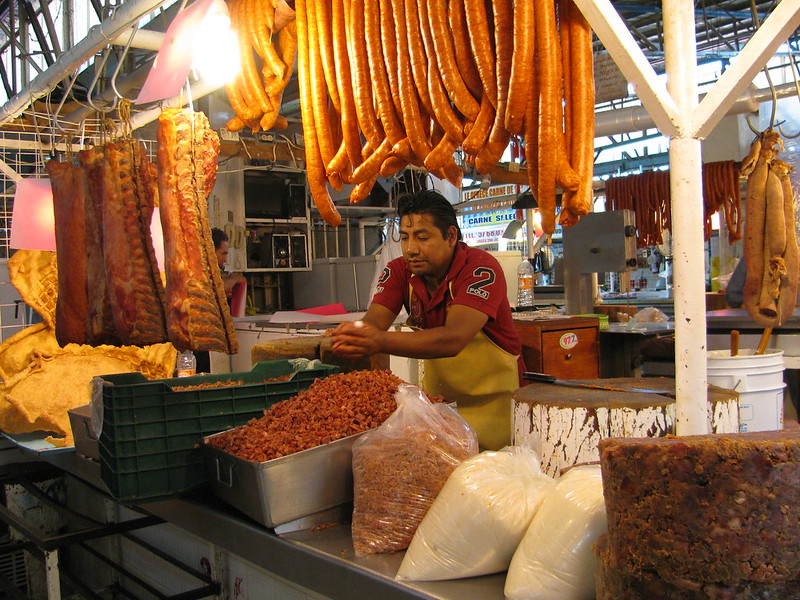
When the COVID-19 pandemic first struck in March 2020, a group of college students came together to start The Farmlink Project, a nonprofit organization that works to alleviate food insecurity among poor people. Now, nearly a year later, Farmlink is making its mission an international one with The Farmlink Project: Mexico, which will fight food insecurity in Mexico. At the same time that Farmlink was forming, Mexicans living in poverty were experiencing the same disproportionate effects that the pandemic has had on the world’s poor communities.
Food Insecurity in Mexico
The pandemic hit Mexico early. The country had the fourth-highest death toll in the world by June 2020. As a result, impoverished communities suffered the brunt of the consequences. A government agency estimated that about 10 million people in Mexico fell into extreme poverty due to the economic effects of the pandemic. Food insecurity in Mexico became an immediate problem in many communities. Moreover, the government did little to support its citizens. Mexico did not provide stimulus checks or similar measures. Essentially, citizens ended up fending for themselves.
The Farmlink Project has been incredibly successful in its mission to deliver unused food to communities in need. This organization’s strategy is simple, straightforward and effective. It finds inefficiencies in the food distribution system that leads to food waste. Thus, the nonprofit implements measures to prevent that waste. Additionally, it receives donations for supporters. The nonprofit facilitates the transfer of that food directly to impoverished communities through food banks.
Food insecurity in Mexico is a prominent problem. However, the nation produces enough food to feed its citizens. Yet, the infrastructure necessary to feed everyone does not yet exist. Thus, The Farmlink Project is leaving a big impact on citizens by addressing food waste. This is more important now as Mexicans continue to sink into extreme poverty.
The Farmlink Project
The Farmlink Project’s Data Analytics lead Jake Landry talked to The Borgen Project about how it is approaching the unique challenges and opportunities of fighting hunger in Mexico. He stated that the nonprofit’s transfer into Mexico has started positively. It has delivered 112,160 kilograms of produce to Mexico since the beginning of the mission. Additionally, it has prevented 113,464 kilograms of carbon emissions in Mexico. Furthermore, it has begun working with GrupoPaisano, a fair trade organization that supports Mexican farmers. Together the organizations are creating media collaborations and promotional videos to raise awareness of The Farmlink Project’s mission.
This organization has been successful in the United States and is now providing hope to Mexicans during the pandemic. The Farmlink Project’s goal is to lay the groundwork for new infrastructure in the food distribution network in Mexico. It hopes to eliminate the large amount of food waste that Mexico generates every year.
– Leo Ratté
Photo: Flickr
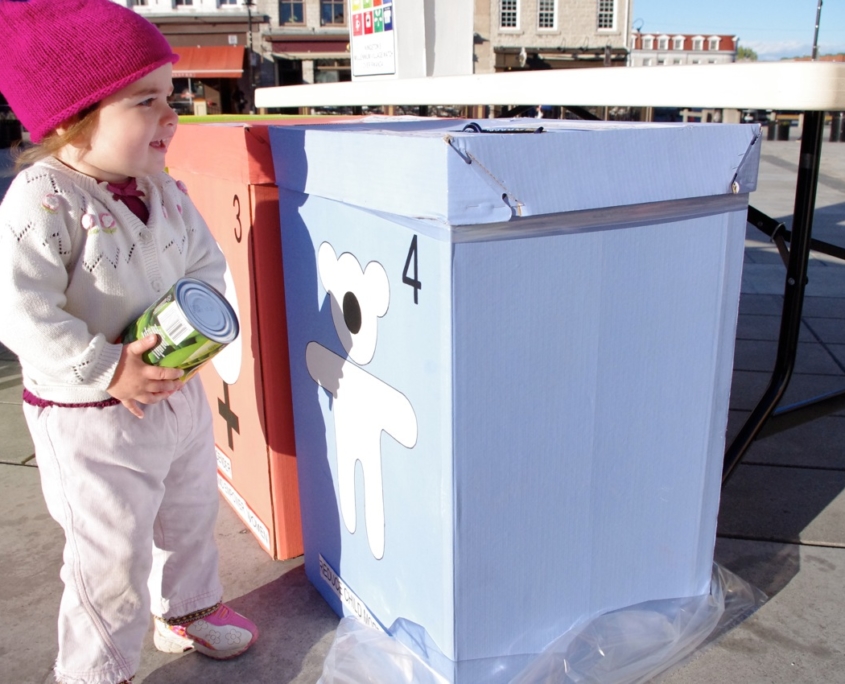 Canadian food banks have been providing meals for those in need across Canada for the past 40 years. The more than 11,000 food banks in Canada saw a spike in clients in 2020, with a report of more than 1.1 million people going to food banks in March alone. Additionally, in 2020,
Canadian food banks have been providing meals for those in need across Canada for the past 40 years. The more than 11,000 food banks in Canada saw a spike in clients in 2020, with a report of more than 1.1 million people going to food banks in March alone. Additionally, in 2020, 
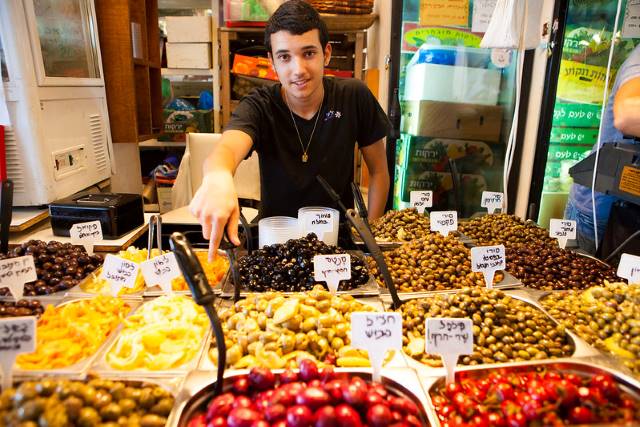 It is an indisputable fact that everyone needs food for survival. Even further, everyone needs enough nutritious food to truly thrive. That being true, the reality is that not everyone gets enough high-quality, nutritious food yet significant amounts of food are thrown away daily. This dilemma is present globally and Israel is no exception. Food waste and food insecurity in Israel is a growing problem, but one organization, Leket Israel, is working to address both.
It is an indisputable fact that everyone needs food for survival. Even further, everyone needs enough nutritious food to truly thrive. That being true, the reality is that not everyone gets enough high-quality, nutritious food yet significant amounts of food are thrown away daily. This dilemma is present globally and Israel is no exception. Food waste and food insecurity in Israel is a growing problem, but one organization, Leket Israel, is working to address both.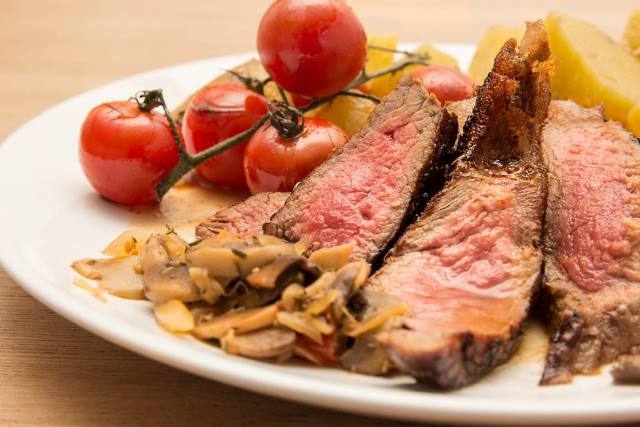 In the effort to reduce poverty around the world, scientific innovations and technological solutions are welcomed. Developments in technological capabilities provide new potential approaches to reducing poverty. One such development that has received increased attention is the emergence of lab-grown meat as an alternative source of food for populations in developing countries. Lab-grown meat has only emerged as a potential solution quite recently, and even at this young stage of development, there are many who argue both for and against its potential effectiveness and applicability in the effort to reduce poverty.
In the effort to reduce poverty around the world, scientific innovations and technological solutions are welcomed. Developments in technological capabilities provide new potential approaches to reducing poverty. One such development that has received increased attention is the emergence of lab-grown meat as an alternative source of food for populations in developing countries. Lab-grown meat has only emerged as a potential solution quite recently, and even at this young stage of development, there are many who argue both for and against its potential effectiveness and applicability in the effort to reduce poverty.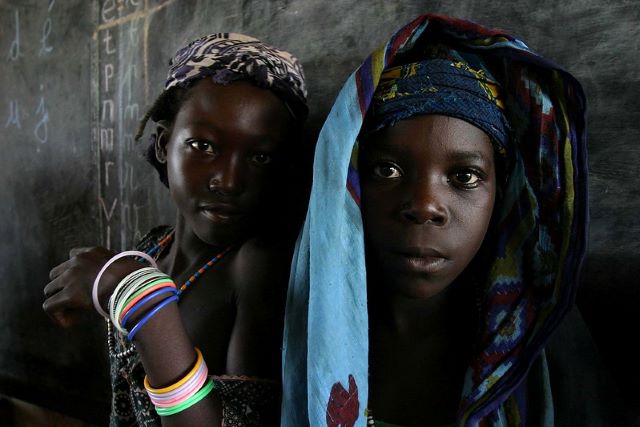 One year after repatriation efforts began, refugees from the Central African Republic are returning home. Although repatriation operations began in November 2019, the return of refugees from the Central African Republic was delayed by the COVID-19 pandemic. Enhanced health and safety precautions made their return possible. The United Nations Refugee Agency, a U.N. agency responsible for protecting refugees, organized the implementation of health and safety precautions. Measures included the use of masks and temperature screening. Handwashing stations were also installed to prevent the spread of disease.
One year after repatriation efforts began, refugees from the Central African Republic are returning home. Although repatriation operations began in November 2019, the return of refugees from the Central African Republic was delayed by the COVID-19 pandemic. Enhanced health and safety precautions made their return possible. The United Nations Refugee Agency, a U.N. agency responsible for protecting refugees, organized the implementation of health and safety precautions. Measures included the use of masks and temperature screening. Handwashing stations were also installed to prevent the spread of disease.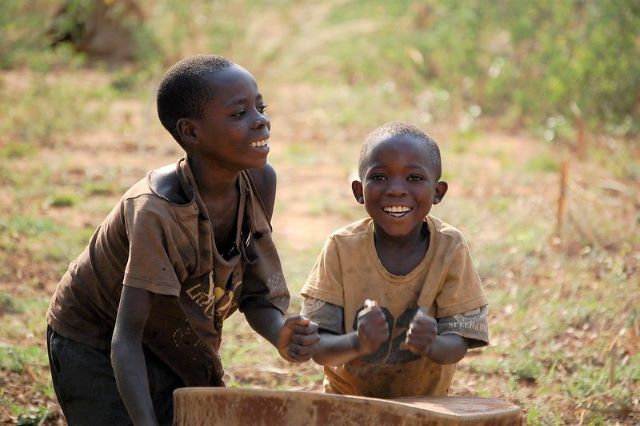 The East African country of Burundi is one of the poorest in the world. Its meager economy relies heavily on rainfed agriculture, which
The East African country of Burundi is one of the poorest in the world. Its meager economy relies heavily on rainfed agriculture, which  In the Central Asian nation of Tajikistan, which lies at the heart of
In the Central Asian nation of Tajikistan, which lies at the heart of 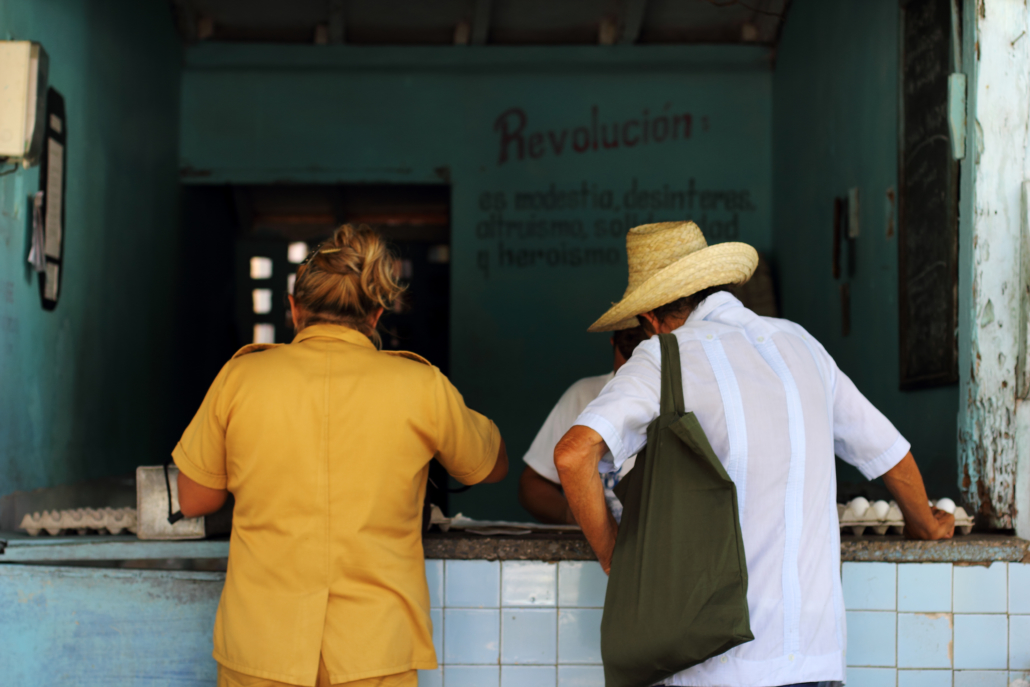
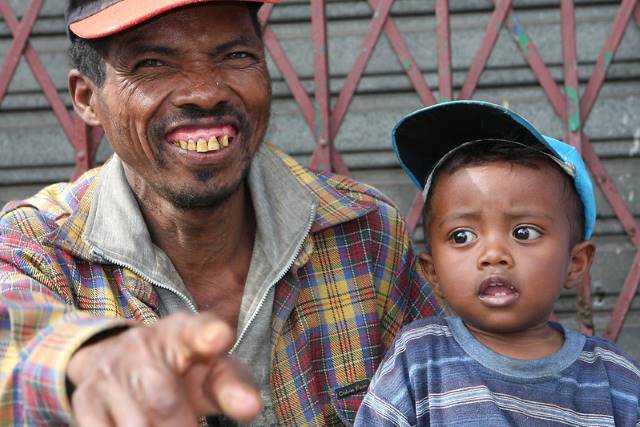 Madagascar, an island country located in the Indian Ocean, is one of the most impoverished countries in the world, with
Madagascar, an island country located in the Indian Ocean, is one of the most impoverished countries in the world, with 